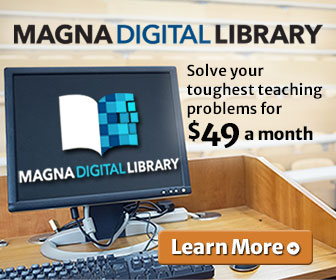
Do-It-Yourself Open Educational Resources
Open education resources (OER) are gathering more and more interest in higher education as the high cost of textbooks has led a significant percentage of students to simply forgo textbook purchases (Reddon, 2011). OER provide a free alternative to expensive textbooks. But the number of












